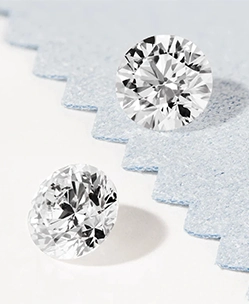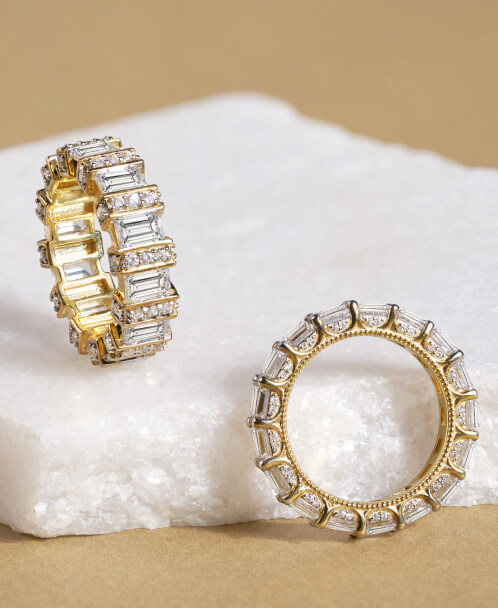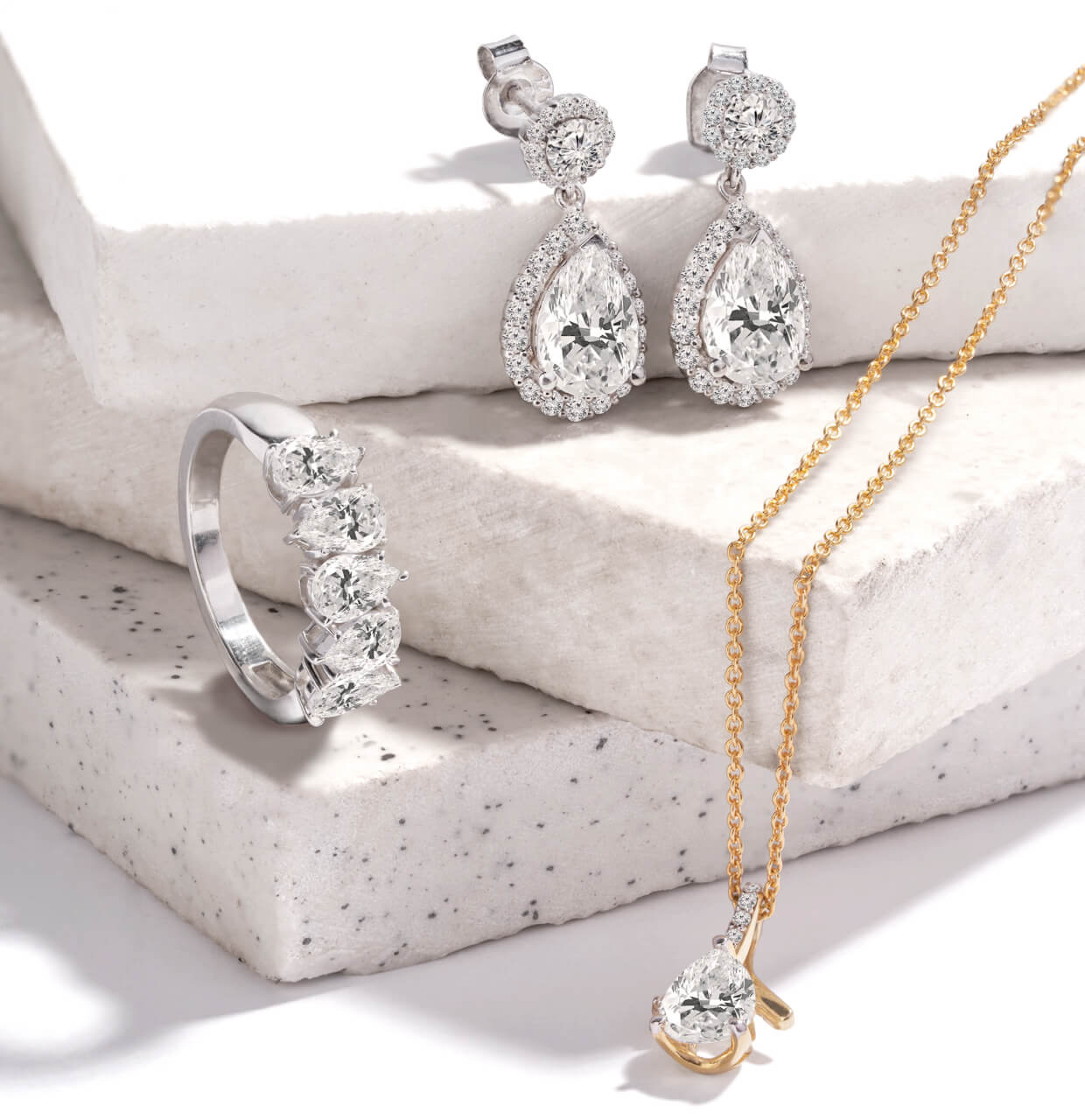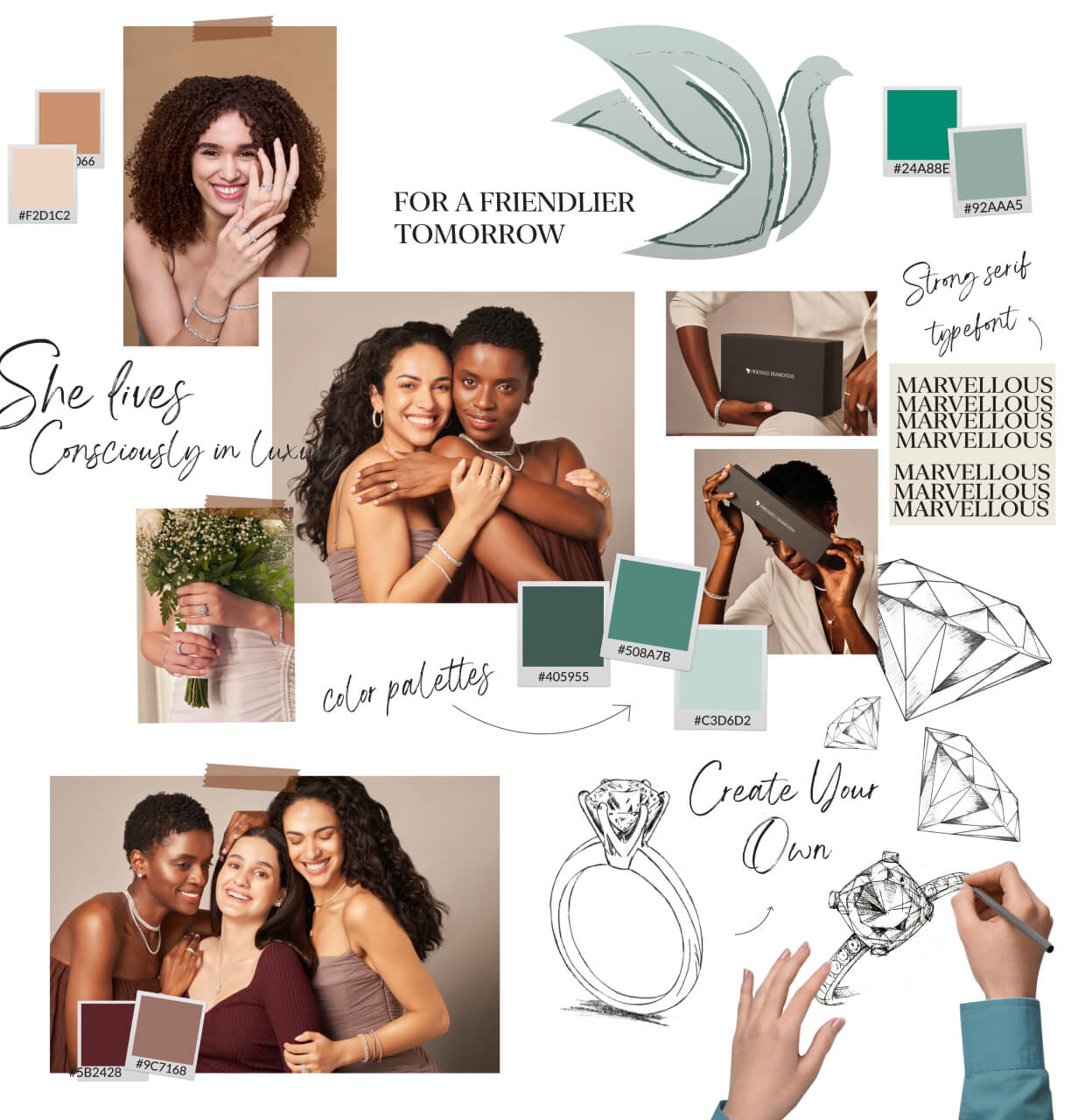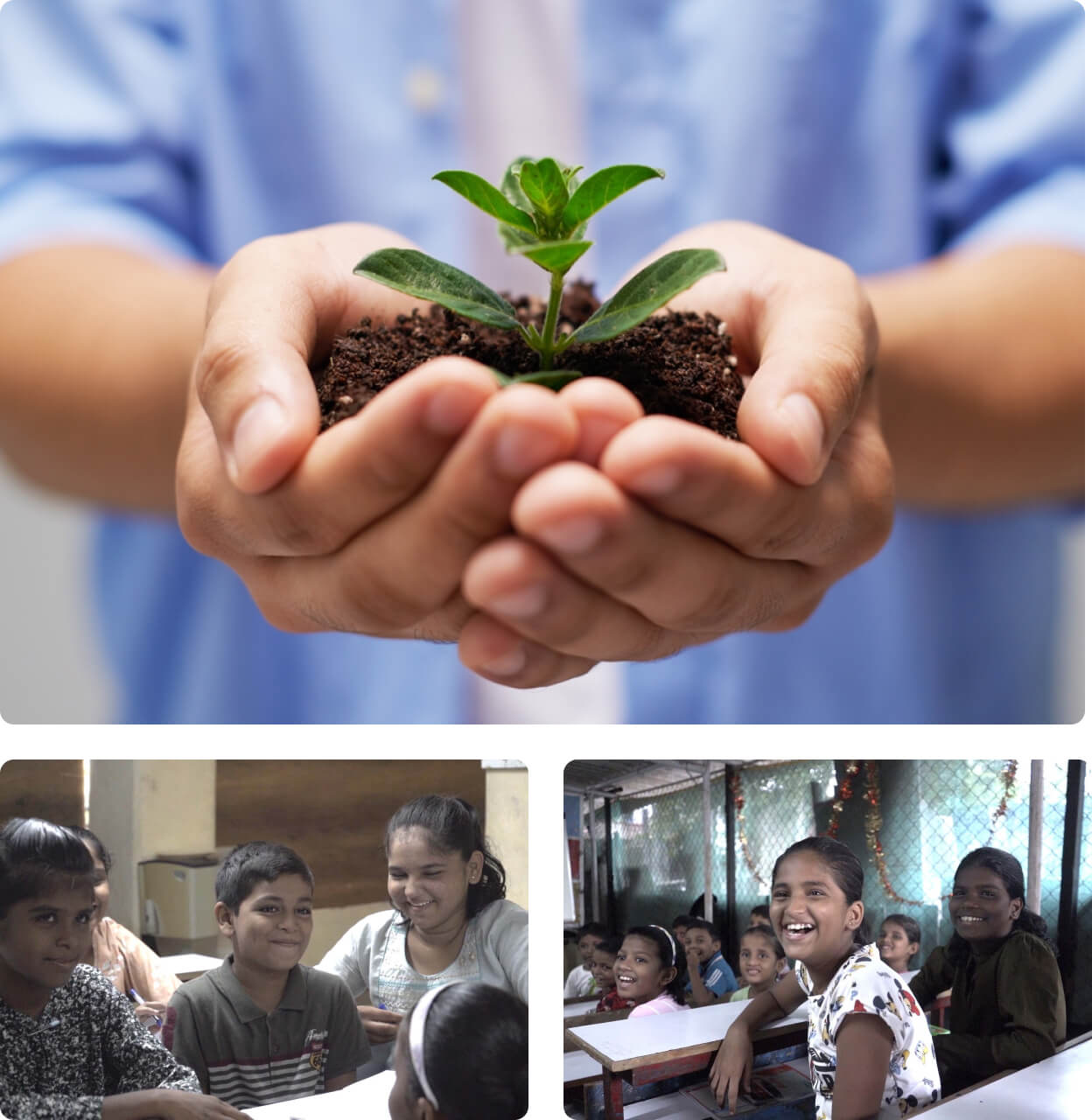As of Now..
As our journey continues, we remain committed to our vision of creating a friendlier tomorrow. We are always on the lookout for new opportunities to serve our community and environment better by making a positive impact while becoming completely carbon-neutral.
Friendly Diamonds is proudly expanding across the UK, emerging as one of the fastest-growing lab diamond engagement ring and fine jewelry brands. Built on a vision of sustainability and innovation, we are bringing ethically crafted lab-grown diamonds to UK. Over the past half-decade, we’ve earned the trust of thousands across the US; people who chose us and walked away with zero regrets. Now, our goal is to bring that same trust and transparency to the UK, empowering not just couples but also independent women and individuals own luxury in an affordable way.
Our story is far from over; it's a journey of endless possibilities and boundless potential. With every step we take, we strive to spread joy, sparkles, and kindness, making the world a brighter place one diamond at a time.
Join us in our journey towards a more compassionate, sustainable, and equitable world.
The best is yet to come…
